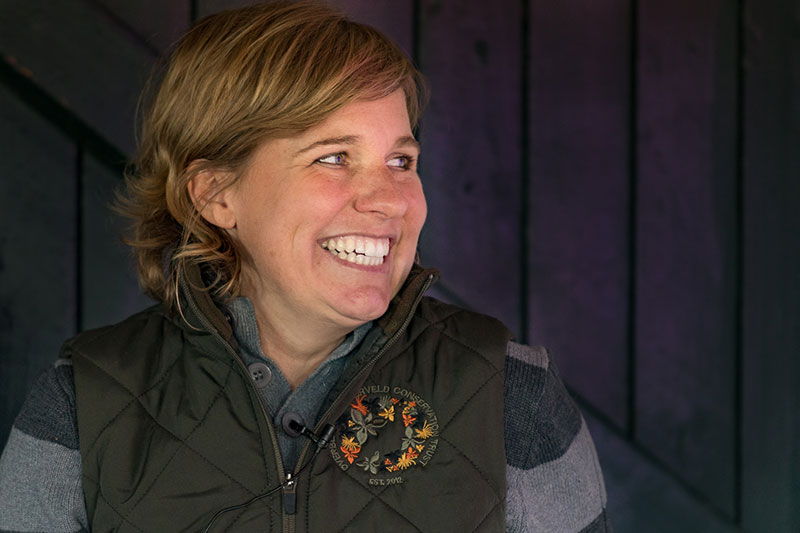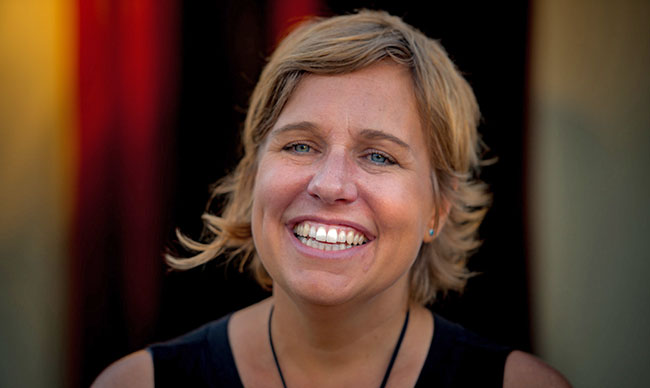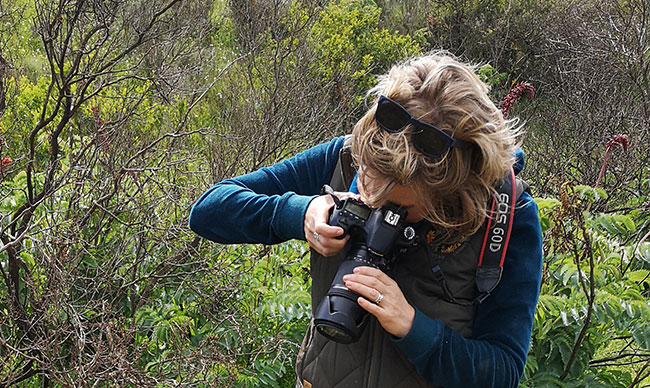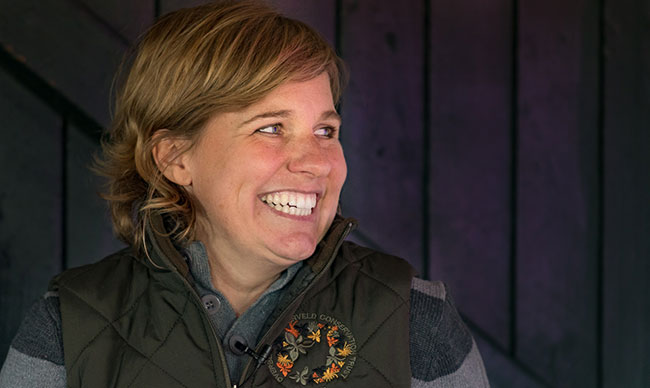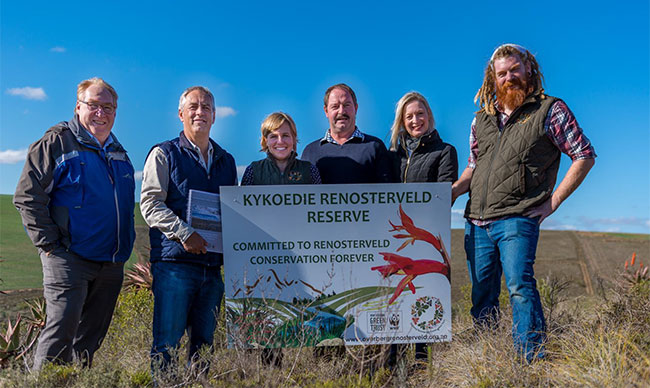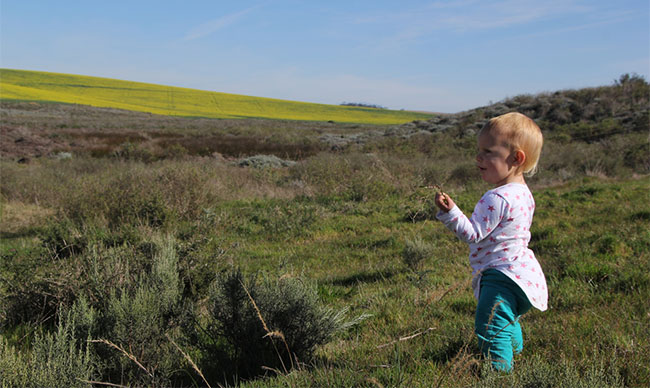What does it take to run a non-profit organisation such as the ORCT? And what’s more, what does it take to be a woman working in this sector?
Dr Odette Curtis-Scott is the Director of the ORCT. Since 2012, she has built up the ORCT from what was originally a ‘one-woman’ outfit, to a conservation team that works closely with partners and farmers across the Overberg.
This Woman’s Month, Odette tells us a bit more about her journey in growing the voice of Renosterveld conservation, in an area that quite simply didn’t yet understand this remarkable habitat.
Why did you take up this cause, to protect Renosterveld?
I was always drawn to issues of conservation, even from a young age. It always touched me deeply. When I started working in the Overberg in the mid-2000s, I saw first-hand what was happening to Renosterveld. It was being lost, transformed, at a rate that was astounding. In most instances, landowners with Renosterveld on their property simply didn’t realise the impact of what they were having. (And many still don’t). At the same time, I met wonderful and passionate bulb experts like Cameron and Rhoda McMaster. These events together set me on my Renosterveld path.
Above: Polhillia curtisiae, discovered (and named after) Odette.
How have things changed, for you and for Renosterveld?
At the start, it was just me working in this landscape, trying to raise awareness. It was hard at first, and I learnt many important lessons. Over the years, working with fantastic donors, partners and farmers, the ORCT has grown into so much more. Today we’re a team of people who care deeply for the environment, working with fantastic Overberg farmers, many who now see the value of their Renosterveld, and who will do anything to protect it.
For Renosterveld, there is a renewed understanding among many farmers, who want to keep their natural landscapes. But we still have a long way to go. Hundreds of hectares are still being lost every year. And given that only 5% remains, every hectare lost brings Renosterveld closer to extinction.
What does the Director of a non-profit organisation such as the ORCT get up to on a daily basis?
People assume that because I work in conservation, I drive around all day, ‘looking at blommetjies’. But this is not the case. Much of my time is spent behind the laptop, writing fundraising proposals, reports, articles, strategies and coordinating with students and researchers on various projects. Dotted between these days are frequent meetings with farmers (our most important partners).
And what about the really fun work?
For a couple of months over the spring period, I make every effort to be out the in the field, undertaking ecological surveys on the sites we work on. This is the time when I do spend most of my day ‘looking at blommetjies’, and being reminded of why we protect this habitat, and how much more we must understand about this intricate ecosystem. It’s so important to maintain the balance between field work and office time.
What is your favourite part of the job?
Seeing tangible evidence that we are changing hearts and minds through the securing of hectares of this Critically Endangered habitat for conservation.
How do you keep on promoting the cause, even during the difficult times, and especially as a woman?
People think we spend our days in the field, looking only at the ‘beauty’. The truth is, in our field, we often see more cruelty and violence towards our world than we see beauty. It’s a forever uphill battle. You need to want to do this and you need to know that you can be strong when you have to be.
What are your career highlights to date?
Launching the research centre at Haarwegskloof Renosterveld Reserve brought me great joy. It’s become a hub for Renosterveld research, and serves as our centre from which we can raise awareness. Also, the recent publication of the “Field Guide to Renosterveld of the Overberg” has been one of my proudest moments. And then of course, most importantly, every Conservation Easement that we sign is a milestone for me. These are landowners who are giving the highest possible level of commitment to protect Renosterveld.
How has having a daughter changed you?
It was scary when I made the choice to become a mother. I was worried I would love something else more than what I do. But having a daughter has made me fight harder. I see the world my daughter has to grow up in, and it’s more scary now. I feel responsible to make it a better place.
This article is based on an interview between Odette Curtis-Scott and the Ford Wildlife Foundation, with additional information provided by Odette. Our thanks to the Ford Wildlife Foundation for sharing the information. This Foundation partners with the Overberg Renosterveld Conservation Trust, providing a vehicle for our conservation work.

